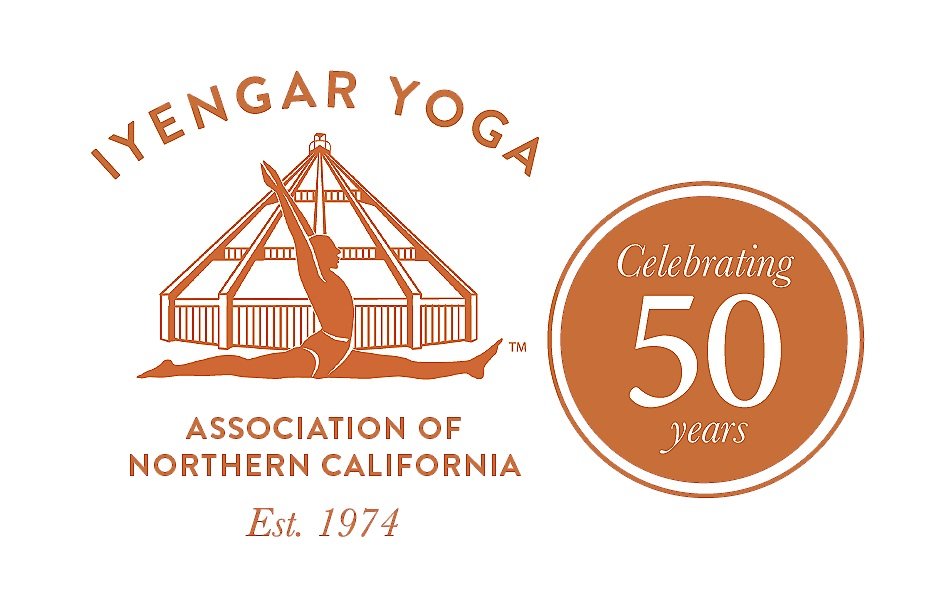Iyengar Yoga is a system of hatha yoga developed by B.K.S. Iyengar; it is firmly rooted in the traditional eight limbs of yoga as expounded by Patanjali in his classic treatise, The Yoga Sutras. The Iyengar method of practice emphasizes the cultivation of self-knowledge primarily through Asana (yoga postures) and Pranayama (yogic breathing). Attention is given to the development of alignment, balance, strength, stamina, flexibility, concentration, and keen awareness. Students of Iyengar Yoga are instructed how to practice and are encouraged to develop their own home practice. Iyengar Yoga offers a clear and grounded path to holistic health of body, mind and spirit.
About B.K.S. Iyengar
Sri B.K.S. Iyengar is one of the world’s most acclaimed yoga masters. His innovative and precise approach to classical hatha yoga has educated generations of people in honing the body’s inherent wisdom through yoga, as informed by Patanjali’s yoga sutras. He has inspired millions of devoted yoga practitioners in the process. He is the author of numerous books on yogic practice and philosophy, along with several definitive yoga texts, including the yoga classic Light on Yoga. His teachings, writings, and devoted corps of students and followers have spread the practice of yoga throughout the world. Today there are Certified Iyengar Teachers in 65 countries in the Americas, Africa, Europe, Australia, the Middle East, and Asia.
His most popular books include Light on Yoga, which has been published in 18 languages, Light on Pranayama, and Light on the Yoga Sutras of Patanjali.
In 2004 Time Magazine named B.K.S. Iyengar as one of the 100 most influential people in the world.
Sri B.K.S. Iyengar was born into a large,poverty-stricken family on December 14th,1918 in the Belur district of Karnataka. As an infant he was affected by an influenza epidemic that left him frail and unhealthy. Throughout his childhood, B.K.S. Iyengar experienced significant illnesses, including malaria, tuberculosis and typhoid, as well as chronic malnutrition.
When he turned sixteen he was sent to Mysore to stay with his eldest sister and her husband, scholar and yogi Sri T. Krishnamacharya. Krishnamacharya taught yoga in the Palace of the Raja of Mysore. It was in this school that Mr. Iyengar learned the basic asanas of Yoga, which led to a noticeable improvement in his health.
In 1937, Krishnamacharya asked him to go to Pune and teach yoga. B.K.S. Iyengar faced great difficulty because of his limited knowledge of the English language and his lack of formal education. Although he was still developing his fundamental knowledge in the field of yoga, B.K.S. Iyengar applied a forceful dedication to learning through trial and error. Slowly he mastered the difficult postures and his health improved considerably.
He developed the use of what are now known as “props” in yoga and he created innovative new techniques to guide students towards the mastery of difficult postures as he had done. Over time, the number of students attending his yoga classes began to increase, although the monetary compensation remained small. In 1943, B.K.S. Iyengar married to his wife Ramamani. Together they had six children. She supported him in his studies along with her family of five daughters namely Geeta, Vanita, Suchita, Sunita and Savita and one son Prashant.


